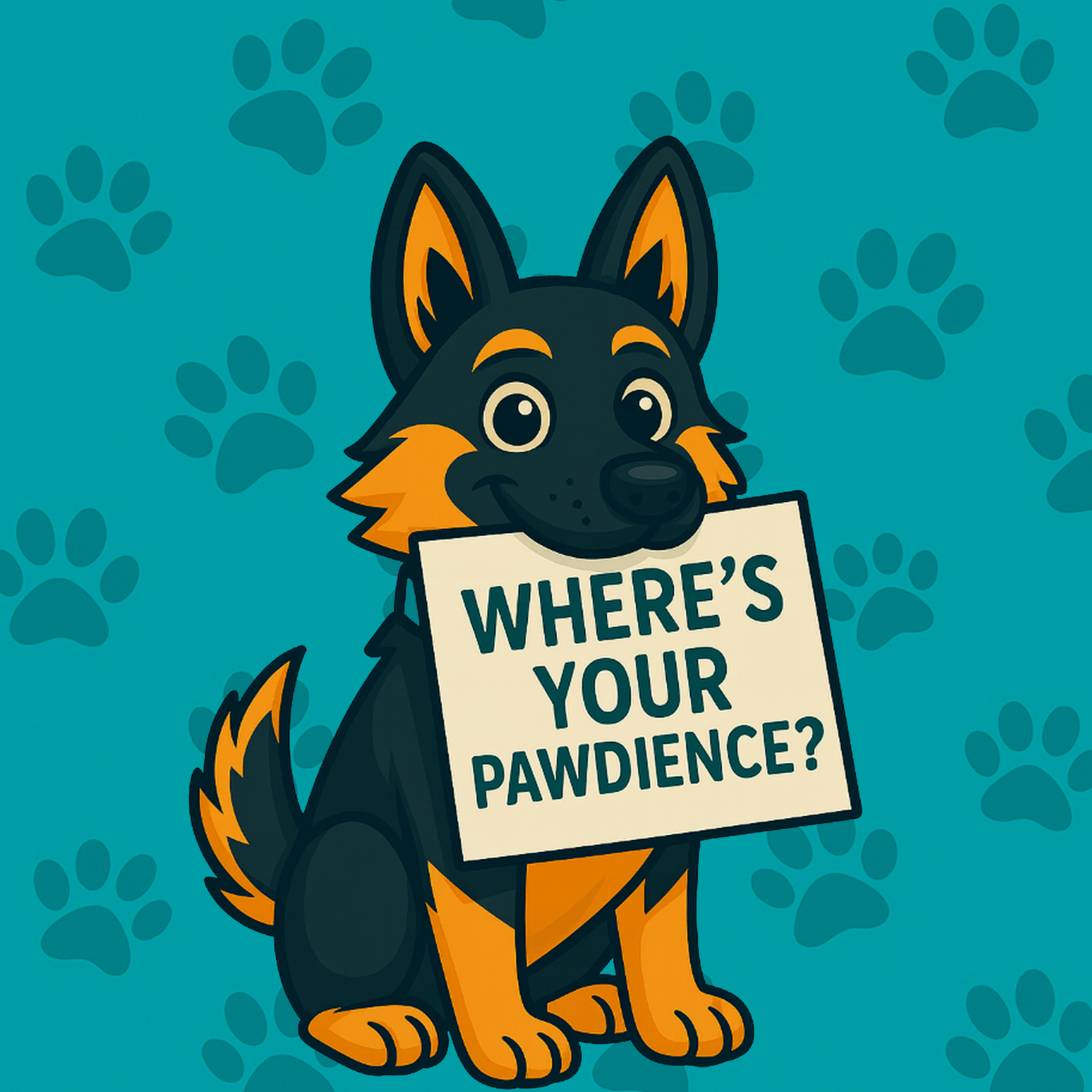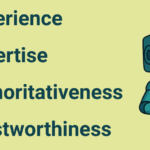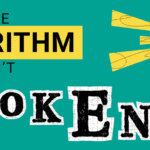
Defining your audience is only the first step in building a strong marketing strategy.
Once you know who you’re talking to, the next challenge is deciding where to reach them — and how to shape a message that resonates.
This guide provides an actionable plan for turning your audience research into real-world results.
💡 In our recent article, A Guide to Defining Your Target Audience, we covered how to identify precisely who you want to reach. Now, let’s take the next step: choosing the proper channels and crafting the message that connects.
Choosing Your Channels: Go Where They Are
The biggest mistake businesses make? Trying to be everywhere at once. You don’t need to cover every platform — you just need to show up where your ideal client already spends time.
Let your Ideal Client Profile guide your choice:
- LinkedIn – Best for reaching professionals and B2B audiences. Core users: 25–49, often higher income, decision-makers or career-driven professionals. Tone: authoritative, insightful, thought-leadership focused—best content: industry articles, case studies, professional updates, and recruiting.
- Instagram – Strongest with 18–34 year olds, leaning slightly female. Highly visual and trend-driven. Tone: casual, engaging, lifestyle-oriented. Best content: reels, stories, behind-the-scenes moments, product showcases, branded aesthetics.
- Facebook – Still the broadest platform, with heavy usage from 25–54 and beyond. Tone: conversational and community-building. Best content: group discussions, events, business pages, live video, and local connections.
- TikTok – Dominated by younger audiences (16–29) but expanding quickly. Tone: playful, authentic, and fast-moving. Best content: short-form videos, storytelling, trending sounds, educational quick tips.
- Google Search (SEO) – Demographics vary, but it’s essential for buyers at the intent stage. Tone: authoritative and problem-solving. Best content: blogs, how-tos, and landing pages optimized for common searches.
- Email Lists – Your most “owned” channel with no algorithm gatekeeping. Age-agnostic. Tone: personal and value-driven. Best content: newsletters, personalized offers, exclusive insights, nurture sequences.
Pick one or two that make the most sense for your goals. And always keep in mind — wherever you post, be consistent. A steady presence builds trust and keeps you top-of-mind.
Crafting Your Message: Speak Their Language
Once you know where you’ll reach your audience, focus on what you’ll say. The key is empathy — talking about their needs, not your process.
Instead of focusing on your service:
“Our SEO strategy involves keyword research and backlink building.”
Focus on their challenge:
“Invisible on Google? We help the right clients find you when they’re ready to buy.”
Instead of emphasizing your deliverable:
“We’ll give you a 20-page marketing plan.”
Emphasize their transformation:
“Overwhelmed by marketing? We’ll give you a clear, simple roadmap so you can feel confident in your next steps.”
When you address fears, goals, and desired outcomes directly, your message becomes more relatable — and more persuasive. Keep this benefit-first approach consistent across your website, social media, and emails.
Your 5-Minute Target Audience Alignment Check
Want to see how well your marketing aligns with your audience? Take five minutes and ask yourself:
- Are my main channels the ones my ideal client actually uses?
- Does my messaging focus on their needs instead of my process?
- Is my tone consistent across every platform?
- Do my visuals (colors, photos, graphics) align across channels?
- Can a stranger instantly understand my value within 10 seconds of visiting my site or profile?
If you answered “no” to any of these, you’ve already identified your next marketing priority.
Our Final Thoughts
Great marketing isn’t about being the loudest voice; it’s about being the most relevant — to the right audience, in the right places, with the right message. That relevance is built through consistency.
When your brand’s personality — whether helpful, witty, or authoritative — shines through in every channel, your audience learns to trust your voice. A consistent tone doesn’t just make you recognizable; it makes you reliable.





